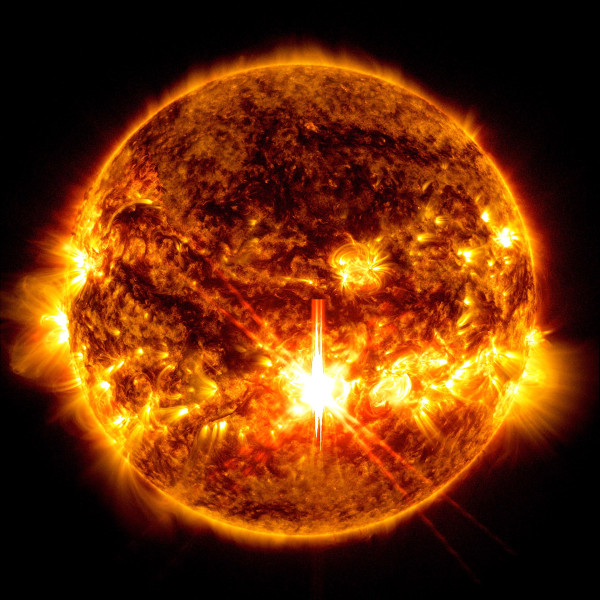The sun has been particularly active lately, unleashing a series of solar flares that have caught the attention of space weather experts worldwide. Just yesterday, a significant X-class flare erupted from the sun's surface, marking one of the most intense events in recent months. These powerful bursts of radiation can disrupt satellite communications and even pose risks to astronauts in space.
According to recent observations, solar flares are part of an ongoing cycle that peaks approximately every 11 years. The current cycle is expected to reach its maximum activity by late 2025 or early 2026. This means we might see more frequent and intense solar events in the coming months. The latest flare was classified as X1.2, a moderate but noteworthy event that underscores the sun's unpredictable nature.
While these flares are fascinating from a scientific perspective, they also pose practical challenges. For instance, strong solar activity can interfere with GPS signals and power grids on Earth. Last week alone, several minor disruptions were reported in satellite operations, highlighting the need for robust space weather monitoring systems.
As we continue to monitor these solar activities, it's crucial to understand their potential impacts on our technology-dependent world. The balance between scientific curiosity and practical preparedness is delicate but necessary. What will tomorrow bring as we navigate this dynamic celestial dance?



